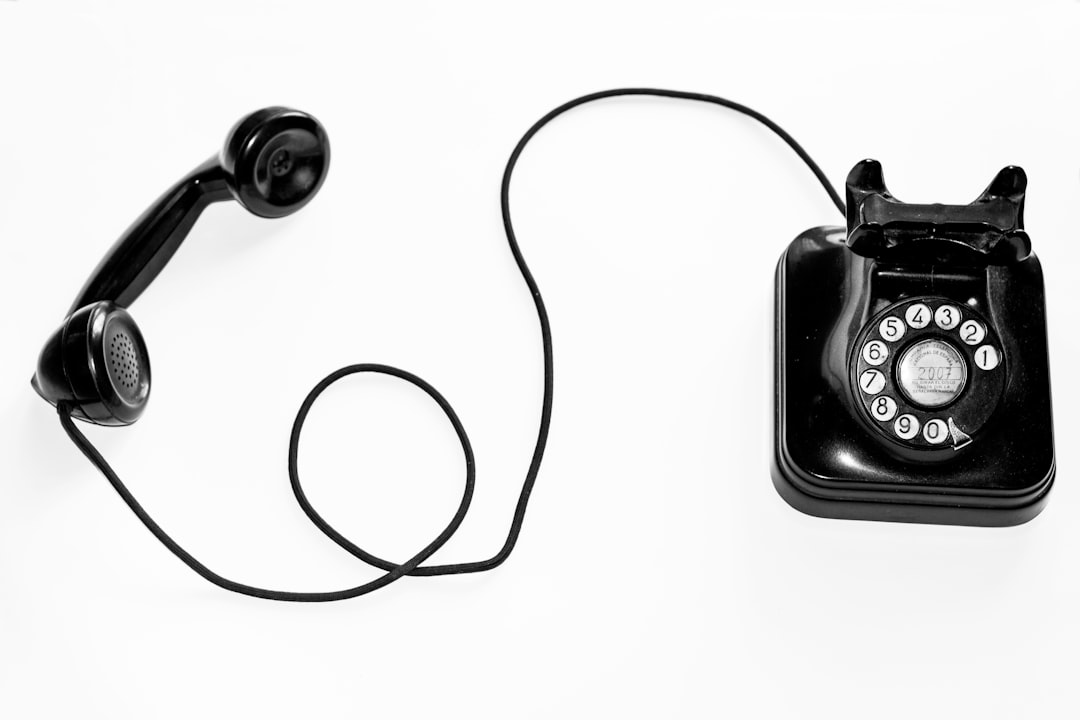In Minnesota, spam calls are a common problem but can be combated by educating residents about their rights and blocking mechanisms. By registering on the National Do Not Call Registry, using call-blocking features, reporting suspicious calls to the FTC, and being cautious with personal information, individuals can reduce unwanted intrusions. Collective action within communities and technological advancements like advanced call blocking apps further enhance protection against spam calls in Minnesota.
Tired of incessant spam calls? Minnesota residents face a persistent problem with unsolicited phone marketing. This comprehensive guide tackles the issue head-on, offering insights into the sources and legal aspects of spam calls. We explore practical strategies for individuals to fortify their privacy, empowering Minnesotans to take control. Additionally, we delve into community and technological solutions, showcasing collective efforts to silence these annoying interruptions. Discover how you can reclaim your phone lines with our expert advice on How to Stop Spam Calls Minnesota.
Understanding the Spam Call Problem in Minnesota

In Minnesota, as across the nation, spam calls have become a significant nuisance for many residents. These unwanted phone calls, often from automated systems or scammers, are designed to solicit information, sell products, or promote services—and they’re illegal if you haven’t given permission. Understanding the problem is the first step in fighting back against these intrusions.
Minnesota has laws in place to protect consumers from spam calls, but enforcing them requires collective action. Many residents fall victim to these calls due to a lack of awareness about their rights and available blocking mechanisms. By educating ourselves on how to identify spam, register with Do Not Call lists, and utilize technology that filters out unwanted calls, we can collectively reduce the volume of spam calls in Minnesota and reclaim our phone lines from intrusive marketing tactics.
Identifying Common Sources of Spam Calls

Spam calls are a persistent nuisance, but understanding their sources is a crucial step in learning how to stop them. In Minnesota, as elsewhere, many spam calls originate from automated dialers targeting specific demographics or areas. These could be marketing firms trying to reach potential customers or even scammers attempting to defraud unsuspecting individuals.
Identifying patterns can help Minnesotans take proactive measures. Recognize if the calls are frequent and unsolicited, often promoting products or services. Be wary of calls claiming to be from official organizations; legitimate entities rarely use aggressive sales tactics. Reporting these calls to the Federal Trade Commission (FTC) is also a step in the right direction, as it helps track and penalize repeat offenders under how to stop spam calls Minnesota laws.
Legal Measures and Options to Combat Spam Calls

In Minnesota, just like in many other states, there are robust legal measures in place to combat spam calls. The Telephone Consumer Protection Act (TCPA) is a federal law that prohibits unsolicited telephone marketing calls, often known as spam calls, unless the caller has an established business relationship with the recipient or obtains explicit consent. In Minnesota, the Attorney General’s office actively enforces these laws and provides resources for consumers to file complaints against violators.
Consumers in Minnesota have several options to reduce and stop spam calls. One effective method is to register on the National Do Not Call Registry. This federal list restricts telemarketers from calling numbers listed on it. Additionally, many phone service providers offer call-blocking features that can be customized to block specific types of calls, including those marked as spam. Using call-identifying apps and reporting suspicious calls to your provider or relevant authorities are also effective strategies in the ongoing battle against spam calls.
Practical Strategies for Individuals: Protecting Your Phone

To reduce the influx of spam calls in Minnesota, individuals can take several practical steps to protect their phones. One effective strategy is to register on the state’s Do Not Call registry. This official list prevents telemarketers from contacting you, significantly cutting down on unwanted calls. Regularly reviewing and managing your call settings on your phone is another crucial step; block numbers that consistently show up as spam. Utilizing call-blocking apps specifically designed to identify and filter out spam calls can also be highly effective.
Additionally, being cautious with personal information shared online or over the phone is essential. Refrain from providing details that could make you a target for spam callers, such as your full name, address, or phone number, unless absolutely necessary. Consider using a separate number for services that require contact but limit its use only to trusted sources. Finally, staying informed about new spamming trends and technologies will empower individuals to adapt their defense strategies accordingly.
Community and Technological Solutions for Collective Action

In the fight against spam calls, Minnesota communities have a powerful tool at their disposal: collective action. Neighbors can band together to share information and implement local solutions. This could involve creating community-wide do-not-call lists or establishing neighborhood watch groups dedicated to monitoring and reporting suspicious calls. Such initiatives foster a sense of shared responsibility and enhance local networks.
Technological advancements also play a pivotal role in combating spam calls. Minnesota residents can leverage advanced call blocking apps and software designed to identify and filter out unwanted telemarketing calls. By combining community efforts with technological solutions, Minnesotans can create a more robust defense against spam calls, making their experiences safer and less intrusive.






